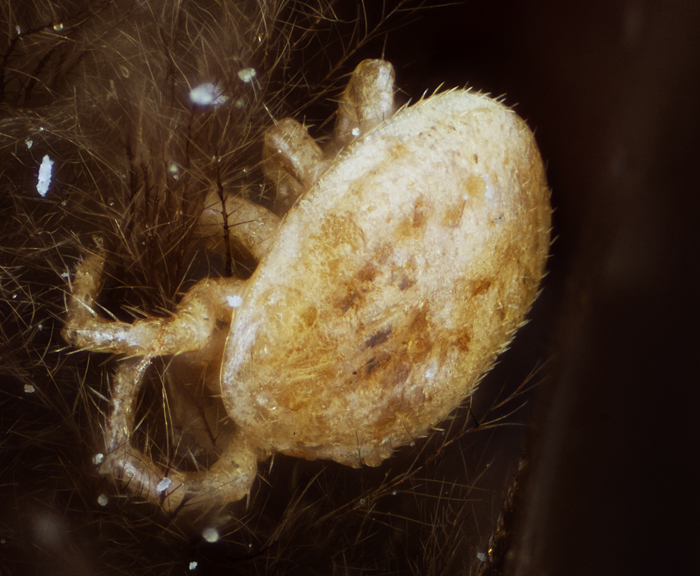
In Bee Mite ID you will find information and identification resources for bee-associated mites from the United States and around the world. This tool facilitates identification of harmful mites that attack bees, with a special emphasis on mites associated with important pollinators: honey bees (Apis), mason bees (Osmia), and bumble bees (Bombus) in temperate regions, and stingless bees (Meliponini) and large carpenter bees (Xylocopa) in tropical regions. Our ultimate goal is to make it easier to distinguish harmful mites from non-harmful mites.
Bee-associated mites include more than 700 recorded mite species classified in 236 genera, and they are distributed globally (except for Antarctica where bees do not occur). Bee-associated mites are not a single phylogenetic group (for example, a family), but rather an assemblage of different lineages that originated independently from each other. A typical lineage of bee-associated mites is a genus or group of genera belonging to a family that also contains taxa that are not associated with bees. The families Chaetodactylidae, Gaudiellidae, and Meliponocoptidae are exceptions; they are comprised exclusively of mites associated with bees.
Genera of bee-associated mites are known from three acarine orders: Trombidiformes, Sarcoptiformes (superorder Acariformes), and Mesostigmata (superorder Parasitiformes). The other three parasitiform orders—Opilioacarida, Holothyrida, and Ixodida—do not include any bee-associated mites.

This tool covers mite genera in both Parasitiformes and Acariformes. We included 89 genera and the infraorder Uropodina from these two superorders. (See the taxonomic classification to learn where these taxa are placed within the two superorders.) These are the taxa of greatest concern for biosecurity specialists and beekeepers, based on the following criteria: